Erasmus experience in Tartu, Estonia by Rafa
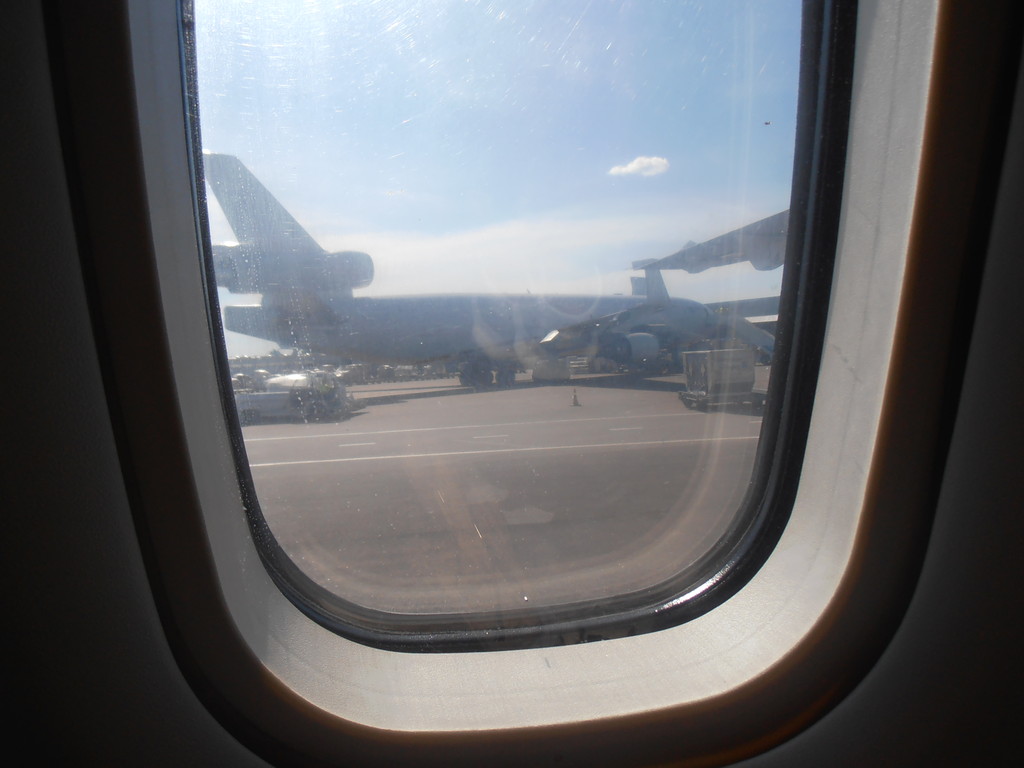
Why did you choose to go to Tartu, Estonia?
In reality, it was rather fortuitous or discarded. As a Graduate of English studies, I was looking for a location in the United Kingdom or Ireland but unfortunately (or I should say luckily now) the places and destinations were very limited, there were very few places and very few destinations (two spaces for all graduates and only one destination). So I highlighted that option and went on to inform myself about other destinations. By general rule, people have spoken extraordinarily highly of Poland and Estonia, information that was also first hand (students that have been there etc. ). My coordinator also contributed to this selection because he had previously been there, he knew the faculty and he had experience of sending Erasmus students to Tartu (Estonia), which had not been few.
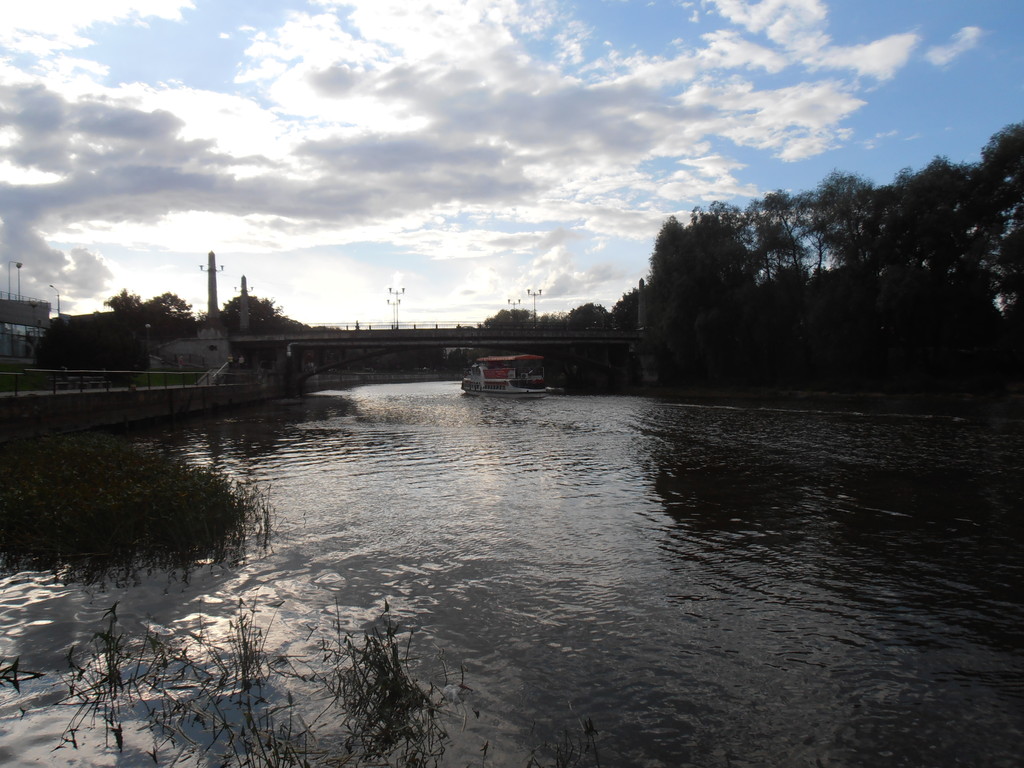
How long was the scholarship? How much financial support did you receive?
My Erasmus is an academic year (9 months). The money has still not been established but as an approximation (being, in addition, a general scholar)it would be around 4, 000 euros. This, of course, changes every year. In fact, unfortunately, next year the scholarships will be much more limited.
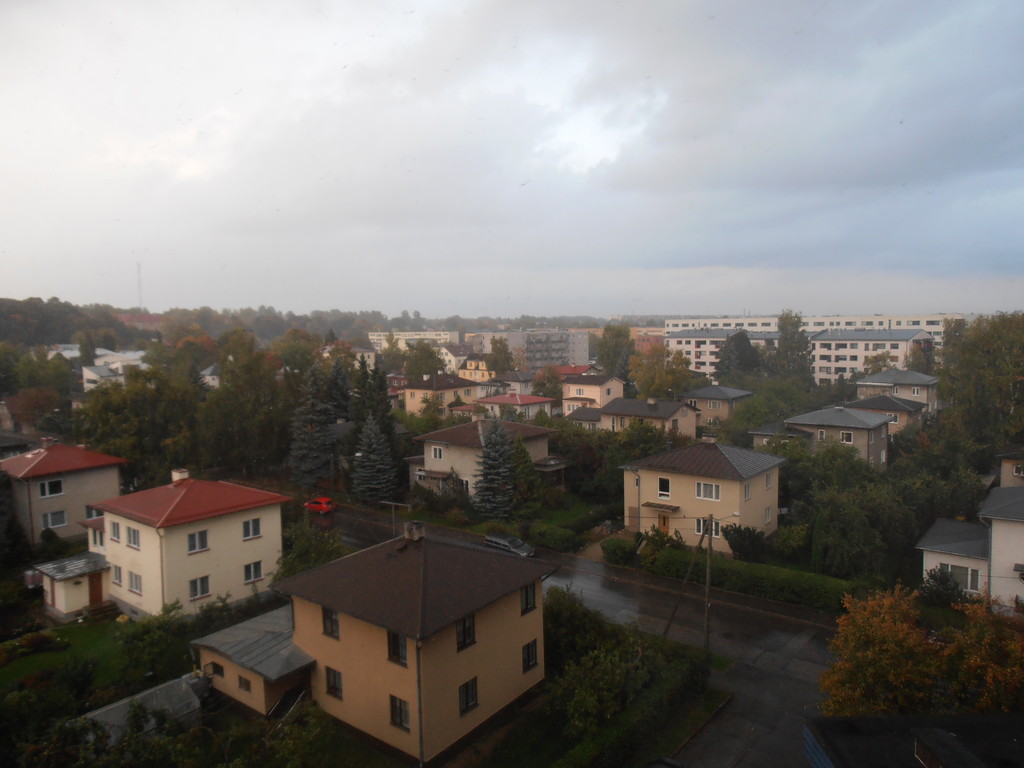
What is the student atmosphere like in Tartu?
It would be impossible to beat it. It is definitely one of the best aspects of this place. The city lives for and by students, due to the high prestige of the University (it is considered the best in Baltic countries, one of the oldest in Europe, in the ranking of the best universities in Europe and the world etc. ) It stipulates that around 30% of the total population is students, and it certainly is. The city is plagued with student residencies, flats rented to students etc.
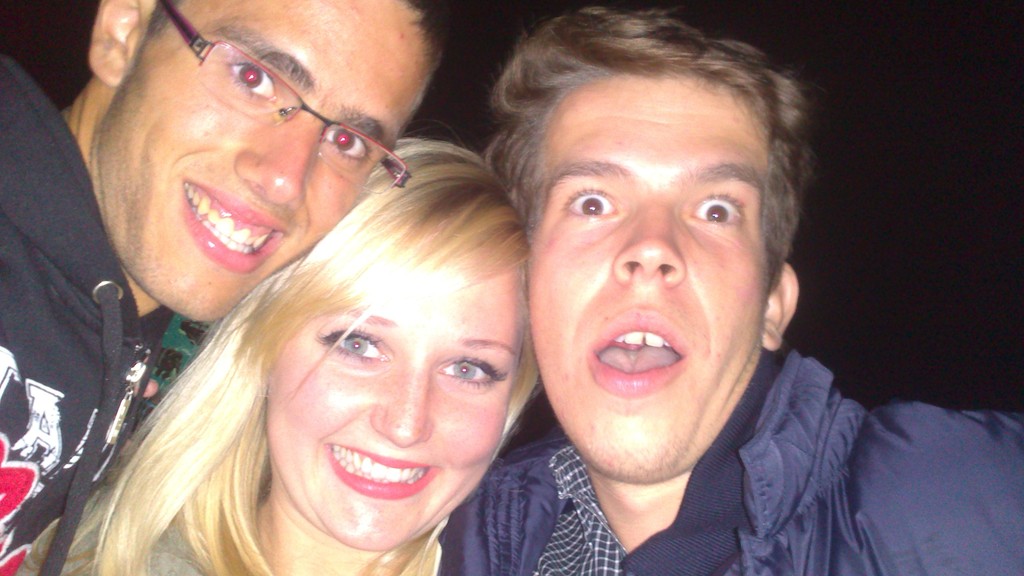
Would you recommend the city and the University to other students?
Definitely. Any destination is good but Tartu sticks out due to its quality and treatment to foreign students. When I came I thought that everything would be difficult to manage; the paperwork, the language, the difficulty of the modules etc. This could not be further from the reality. In general, the people are very professional, the teachers are competent and respectful, the modules are very interesting (they require work daily of course but nothing supernatural) and easy to validate with other universities etc (at least in my faculty). But above all, the thing that is most notable in my university is that there will always be people to help you with whatever and whenever. It is one of the qualities that other universities cannot boast about.
How is the food in Estonia?
If we compare it with the Spanish or the Italian, obviously, the Estonian lose. Before I came here people spoke badly of the food but the truth is that once I was here, I did not find any problems. Lots of meat (especially sausages: sausages, cold meats, etc. ), preserves, and especially pastries, bakery and confectionery (the famous white bread or Seib and black bread or Leib), dairy products (milk, yogurt), creams, soups (to highlight the famous Seljanka). Fish is a little more scarce (it is not that they eat much, ironically due to its location and being a coastal country with islands). The traditional gastronomy is sort of guided by traditional German (I would say that it is nearly all of the same style). But the truth is that if you are fussy with food I do not think you will have problems either. Here you will find everything (especially in the big supermarkets: Konsum, Maxima, Comarket etc. ). There are also quite a lot of brands that you can also find in Spain or other countries (Knorr, Maggie, Dove, Rexona, Colgate, Gillette, Wilkinson, Gallina Blanca, El Pozo, Dr. Oetker, etc. ).
I have to mention the eating habits of the Estonians. Here, they follow the English style a lot, that is to say, they have breakfast early and lots of it. They have lunch or have a small snack at midday (12-13) and they eat dinner very early and lots of it (18-19).
Was it difficult to find accommodation in Tartu?
Not at all. Once the University accepts you, they send you all of the information in a PDF. You look on a page, where all of the residences are. You add your application and it makes sure that they give you a place since there are countless residencies (Raatuse 22, Narva 25, 27 and 89 and Pepleri are the closest to the centre; there are others much more further out), abundant in floors (generally 8 or 9) and rooms (two double rooms per flat- beware, they can also be mixed flats! - and there are few individual rooms). Normally, they recommend posting your application before you leave, but that doesn't mean that you have more or less preference. In the end, they will end up giving you, according to the evaluation of the administrators, one or another residence with your respective partner (also they achieve a more homogeneous distribution of Erasmus students, who have traditionally been very concentrated in Raatuse 22). The reply and response of places is usually received at the end of June. I have to let you know that the residencies are not bad. That being said, they are basic and are quite simple (especially the kitchens: only two 'grills' - weird flames-. Forget about ovens or microwaves. Everything runs on your own accord: crockery and cutlery, appliances (except the fridge of course).
All or the majority of the residencies (except the Raatuse 22) have a common room: entrance or a very small lobby, a small kitchen, a bathroom and two double bedrooms (that is to say, you will have a maximum of four flatmates who will be locals or foreigners). In the case of Raatuse 22 it is different, since the flats are much bigger because they are made up of more bedrooms and people: a bigger entrance, a bigger kitchen (in terms of space, not goods or objects those are the same), a bathroom, a toilet and three double bedrooms (that is to say, you could live with a minimum of six flatmates).
If the idea is to find a flat, yes it would be more difficult, since there are very few offers of flats to rent and in the case of finding something more expensive to live in a residency and (normally) in conditions a little more precarious (emphasizing that the majority of residencies - especially Raatuse 22 and the Narva 25 and 27- that have been constructed or recently renovated within the last 10 years).
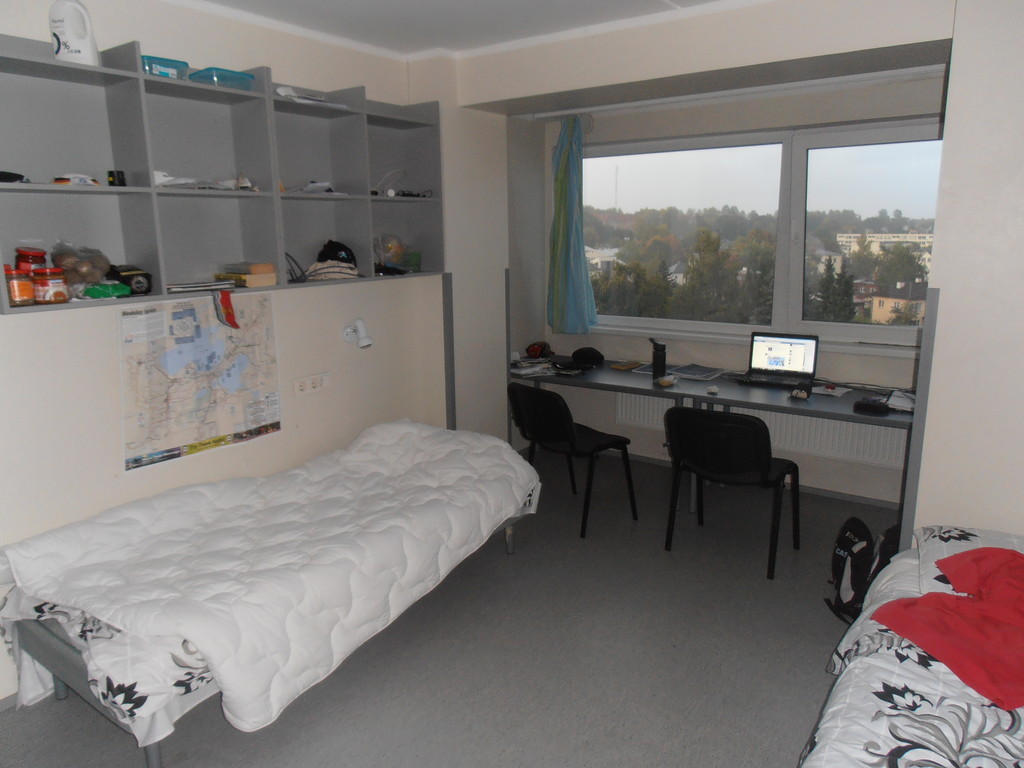
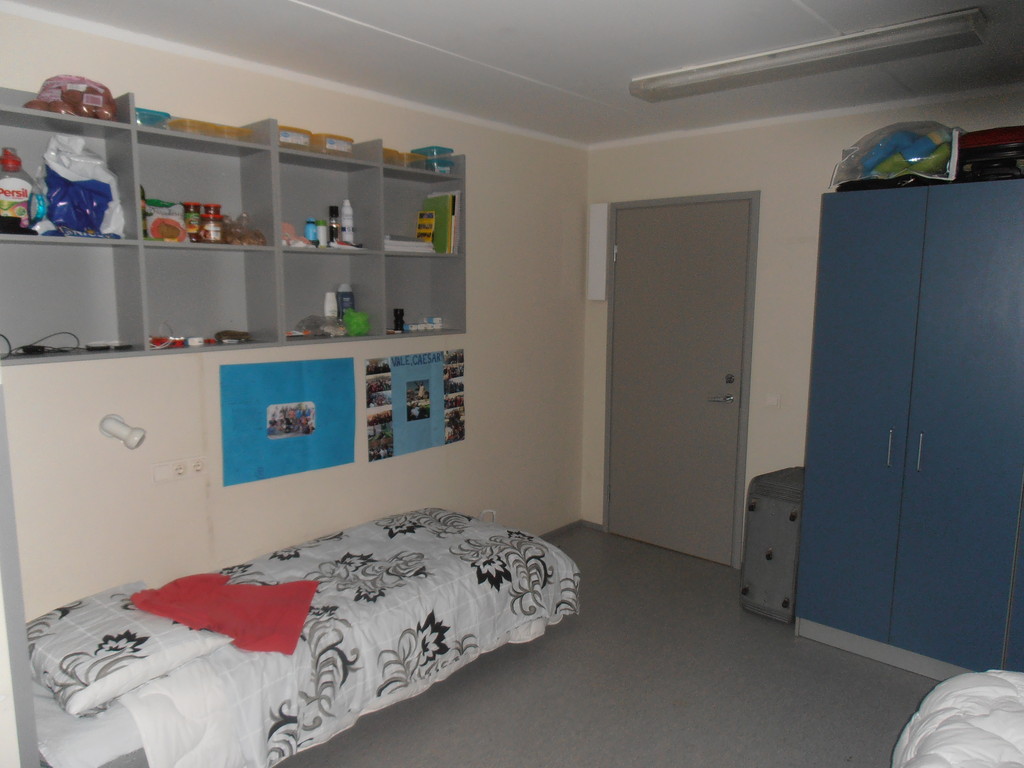

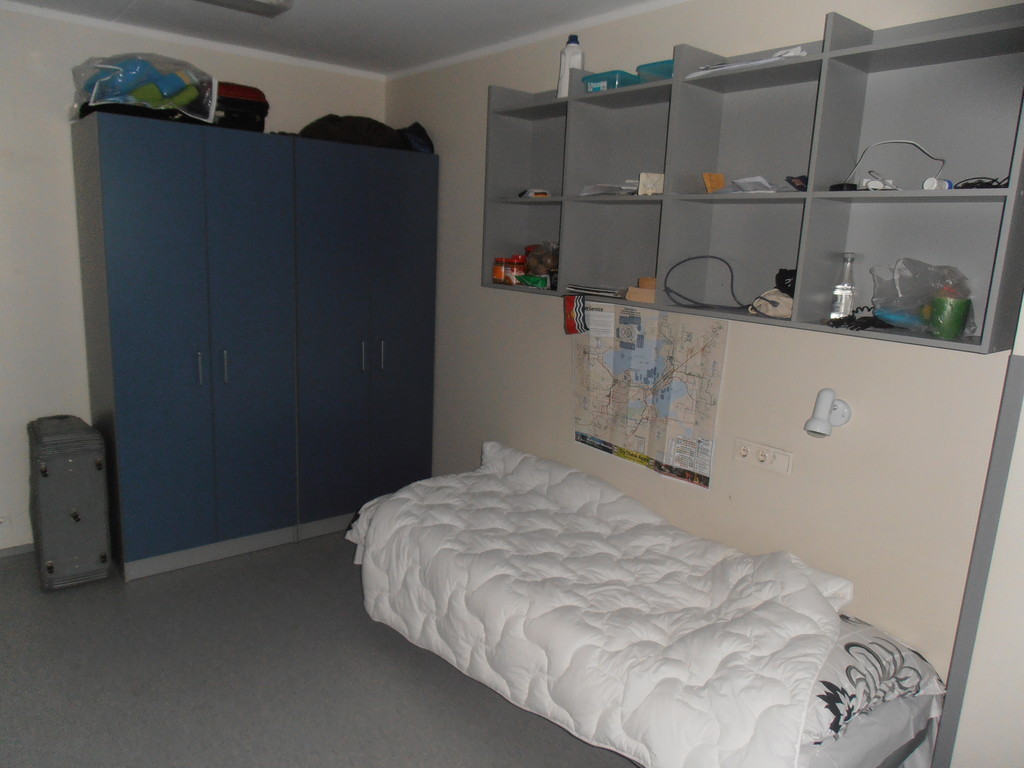

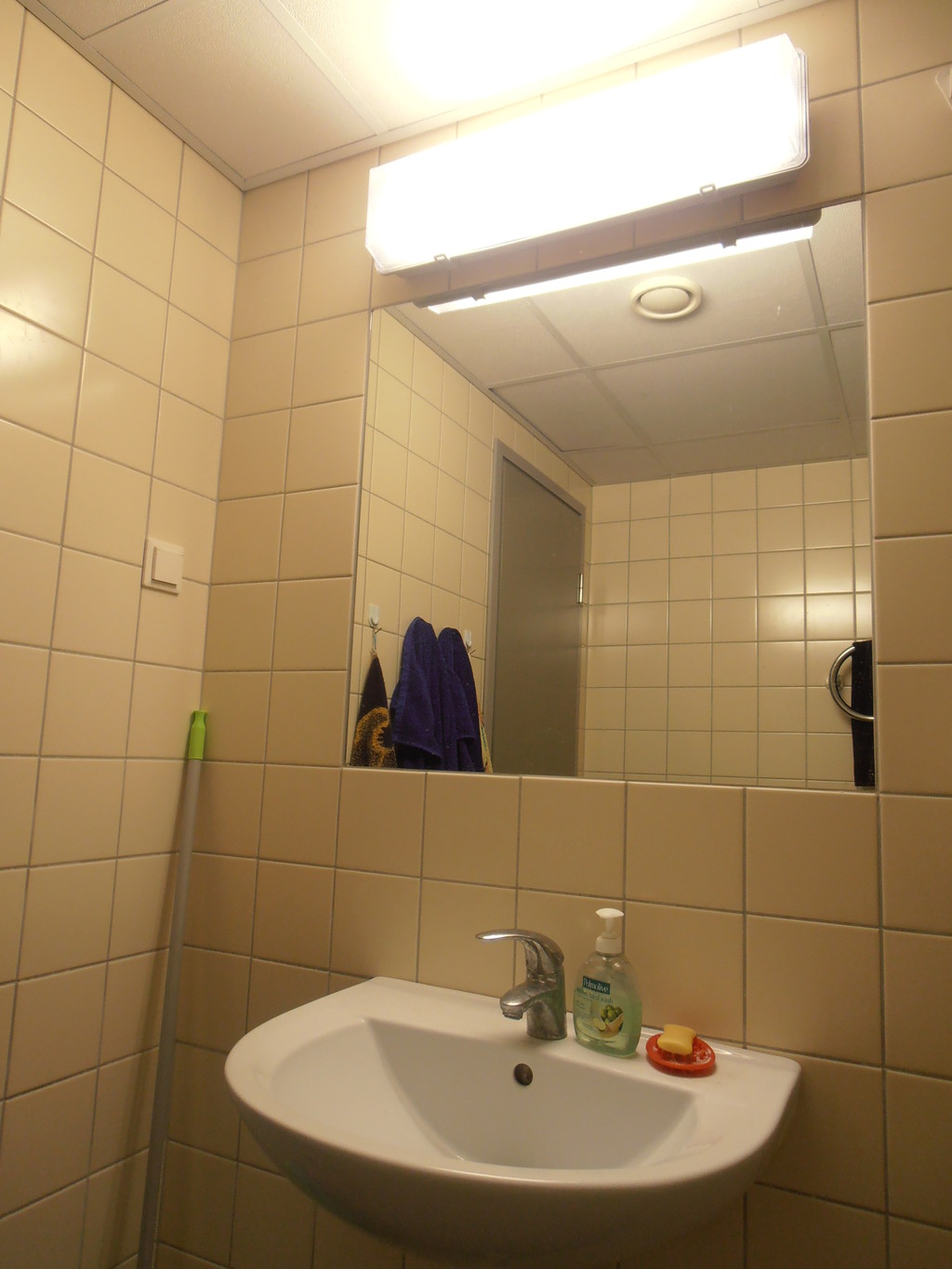
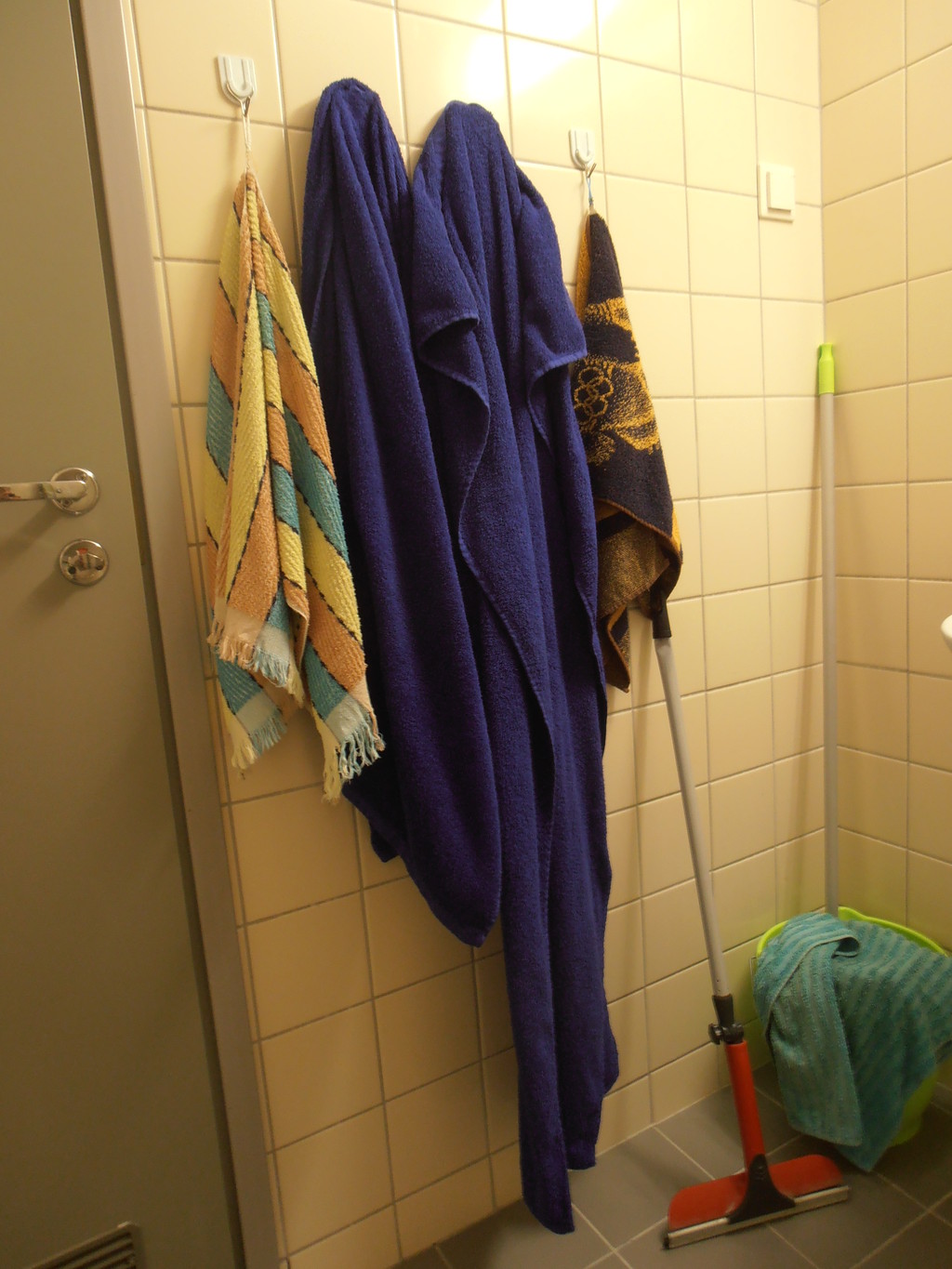
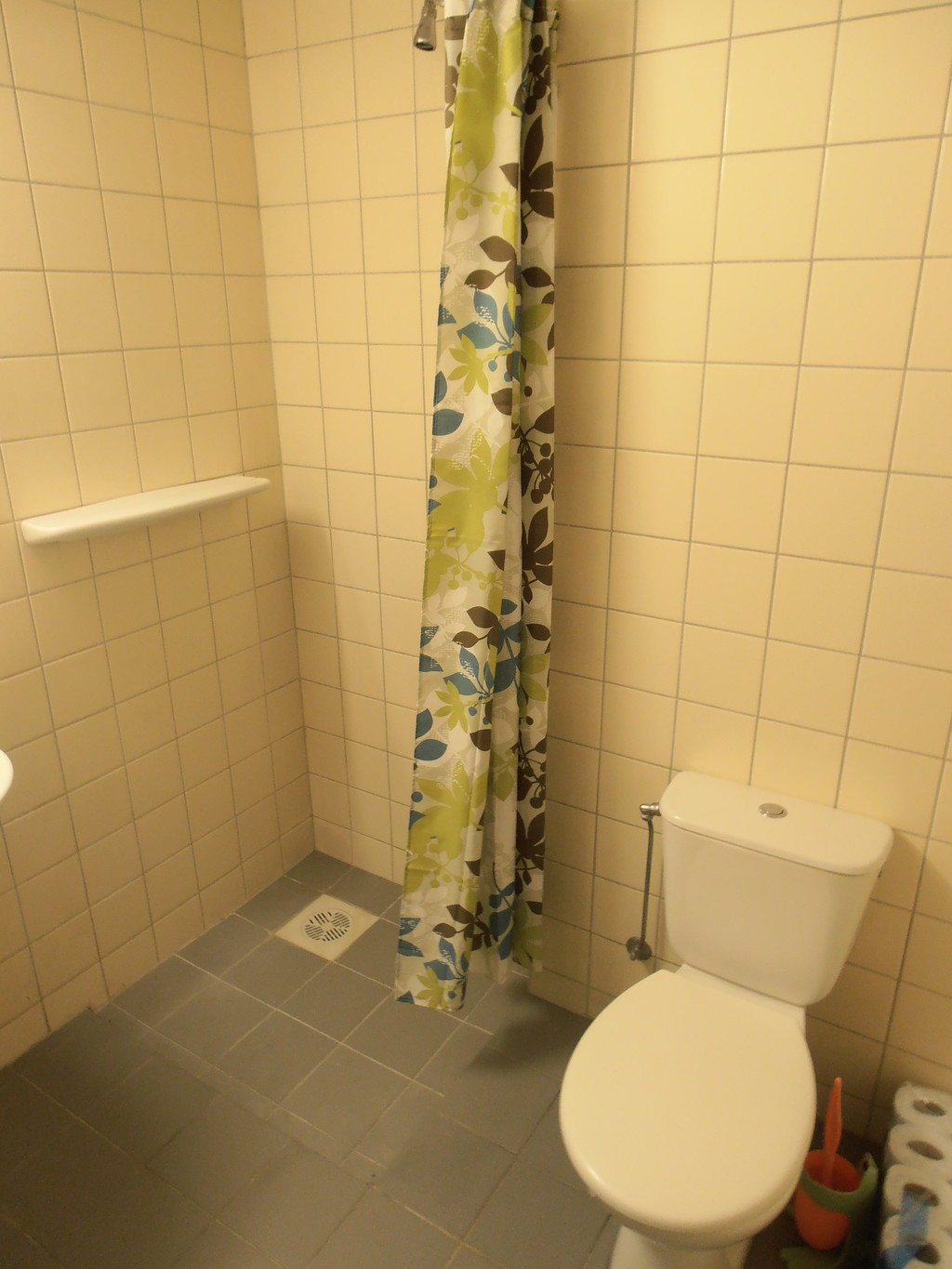

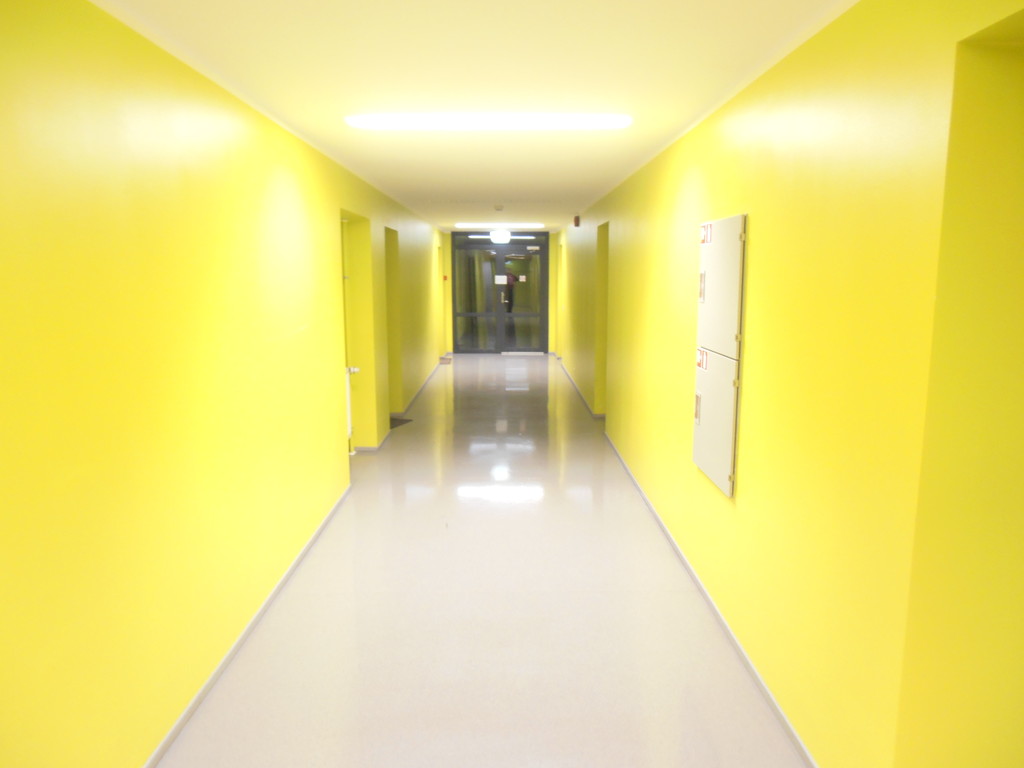
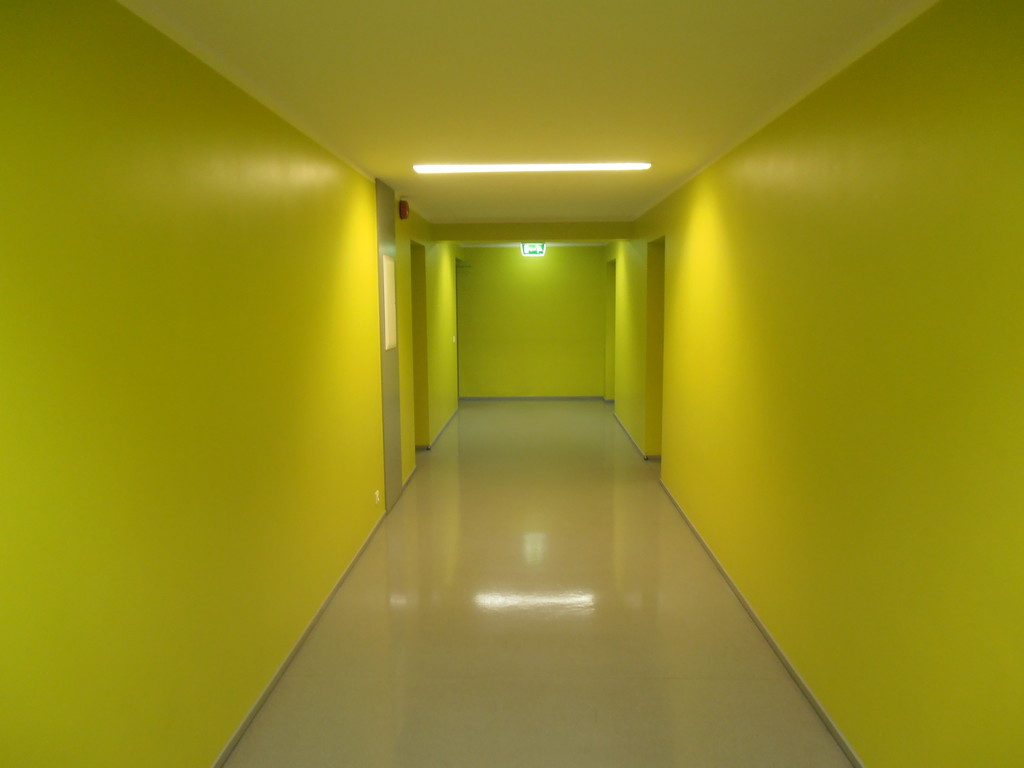
How much does it cost to live in Tartu?
The cost of living in Tartu could be compared with certain areas of Spain because it is quite cheap. Also, of course, it depends on the habits of each person: if you travel a lot or go out a lot, obviously your spendings are going to increase quite a lot. In my case, a little more than 300 euros a month covered: accommodation, food (to spare and of all types), going out (2 or three times a week), a weekend escape each month and any unforeseen events that may arise. Of course in the first month, your spendings are higher as you must pay deposits, internet contracts, buy utensils, etc.; the bill can increase a little more (not much more). To this we have to add the ESN (Erasmus Social Network). Thanks to them, and because of being a university student, there are many areas that offer important discounts (for example, restaurants, public transport, etc. ).
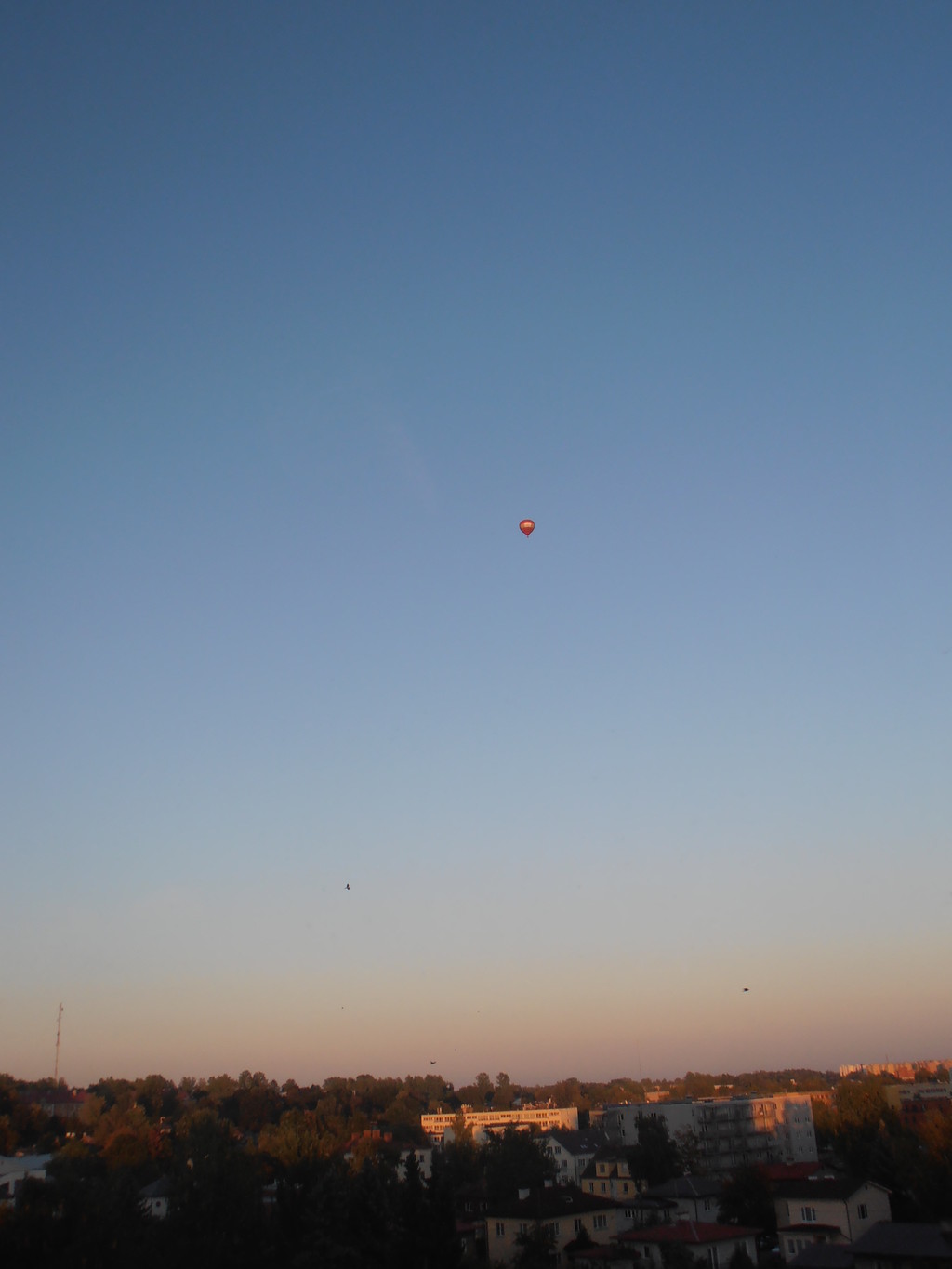
How is the language? Did you go to a course at the university?
I only speak Spanish and English (a little French and Arabic). Here the majority of the young people (not all) speak perfect English. The problem can be with older people who don't speak a pinch of it. In any case, I don't have any problems developing myself here. Due to problems with recognition, it turns out that it was impossible to attend language courses in the university. However, I can assure you that they offer all languages. Estonian and Russian are the most in demand, but also German, Italian, Spanish, Portuguese, French... Even Chinese and Japanese! And the best thing about it all is that there are some courses (subjects) at the same university that are free! You only need to register on them!
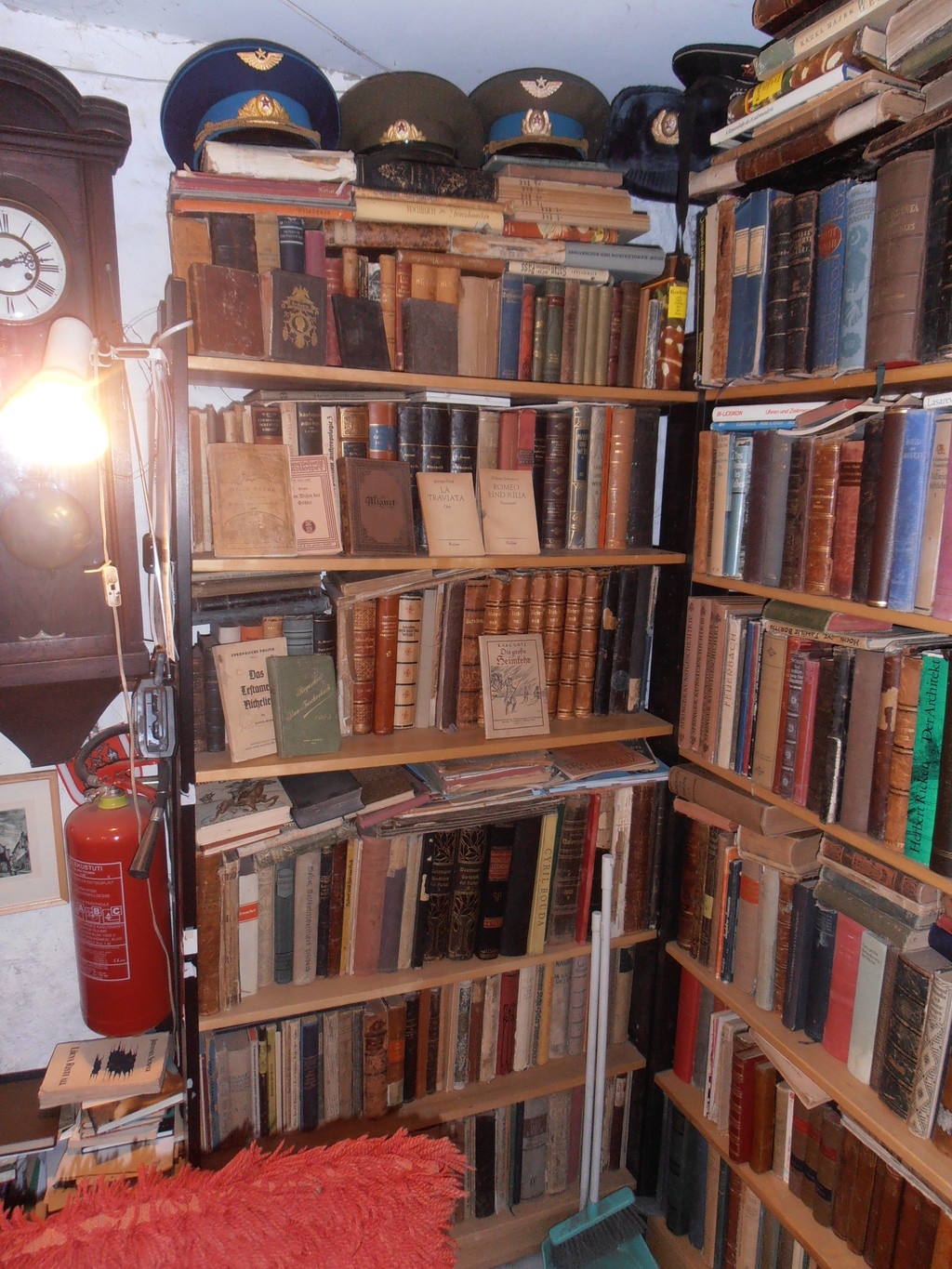
What is the most economical way to travel to Tartu from your city?
Another one of the 'defects' that Estonia has (from the point of view of Spain) are the bad connections or access. Generally (if you don't live in the North of Spain), getting there requires doing a minimum of one stopover (generally Stockholm, Oslo, Helsinki, Amsterdam, Copenhagen... ). Also, you can rarely get to Tartu directly (it has an airport but it is tiny and it ends up being more expensive than it initially seems). Normally, the most affordable way ends up being a flight with a stopover and later to Tallinn or Riga. From there, the most recommended thing to do is to take a bus (they are very cheap, especially for students). The connections Tallinn-Tartu and Tartu-Tallinn are very frequent since they are the two most important cities of the country (there is a bus approximately every half hour). The duration of the journey tends to be a little more than two hours. I am unsure of the Riga-Tartu and Tartu-Riga connections but from what I have been able to verify and from what I have been informed, there are also quite a few connections. The duration of the trip, yes, is a bit longer, about 3 hours.
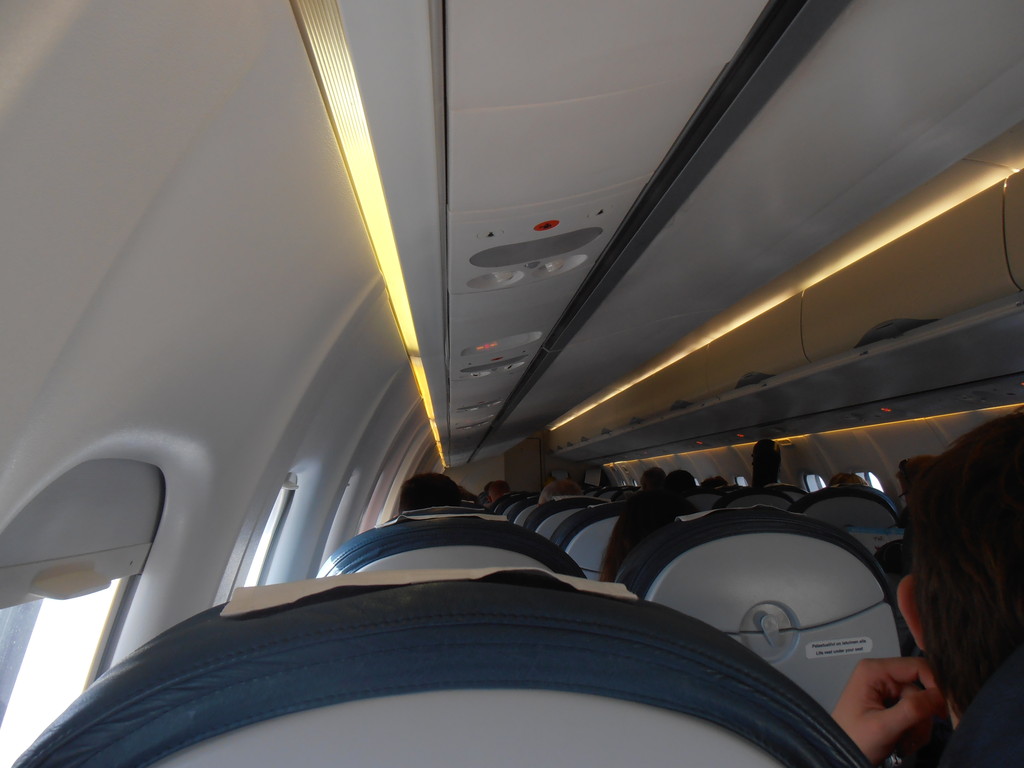
Which places would you recommend for going out in Tartu?
There are loads. Firstly, the city is full of pubs where you can drink and eat cheaply (Gen Klubi, Illegaard, Randuvi... ). There is more, there is a particular place in Tartu, it is also in the centre of the city and it is called 'The Triangle'. It is on a street (Ruutli) where three pubs can be found distributed (as the name indicates) in the shape of a triangle and right in the centre of them all students (local and foreign), especially every Thursday, Friday and Saturday, meet there. When it gets colder, instead of agglomerating, they gather in one of the three pubs.
Another possibility is the classic style of pre-drinking: people gather in groups, buy drinks and go out to drink them together in the streets. In Estonia it is prohibited to consume alcohol outside of the licensed places, that is to say, in public places with the exception of the mentioned 'Triangle' and in a very popular park, being the only one in Tartu where drinking is permitted and one of the few public places where they authorise it. It is called 'Pirogov' park.
On the other hand, we found the clubs (or discos really). Unlike the pubs, you can go there to dance, drink and flirt. It is also different in terms of an entrance fee since in the clubs you have to pay entrance (and sometimes it is not as cheap as it seems, unless you have the ESN card, then discounts apply or depending on the day, you can enter for free). So the difference is obvious: the pubs would serve to pass the time, calmer and more like a "warm-up" for the real party. Clubs are for the "gap", you spend almost all night partying, particularly for special events (eg Halloween, Christmas, welcome party and Erasmus farewell, etc. ). The most famous and nearby clubs are definitely the Tallinn Club, the Atlantis, and the Illusion Club.
I also emphasize the role of the Raatuse 22. Year after year it is smaller but traditionally it has been a residence where the majority of Erasmus students are. The product of this (although occasionally of illegal form)is that almost every day they meet on a floor and particular flat to party. They usually get together around 9 or 10 o'clock. Then they tend to be shut down by security personnel around 11:00 p. m., and move to pubs, and finally spend the night there or leave (around 1 am) to some other club.
And to eat in Tartu? Can you name your favourite places?
The truth is that I didn't go out to eat a lot out there. I prefer to make myself food or to join with other people (normally strangers) in some residence to cook and to eat together, to share dishes and to hang out in general. However, I have visited certain places (especially the first few days that I arrived). I do not have a preferential place but I can assure you that most of the local and good restaurants, to eat well and for a reasonable price, are located in the centre around Raekoja Plats (this is the main square), Ruutli street, etc. As I mentioned before, pubs (Gen Klubi, Randuvi, Illegaard, Feel the Music are the most remarkable) but it is also very easy to find pizzerias (O Dolce Vita), Chinese, Indian, Thai or fast food stalls, which tend to be gathered close to the residences: hamburgers (Hesburger), sandwiches (the Metro, definitely, quality-price guaranteed, on the way to Raatuse 22). Gas stations and certain kiosks also have fast food stalls, and supermarkets (supermarkets: Maxima, Konsum, Comarket as I mentioned before) also have places of freshly cooked food (rotisserie style) and all served at a very good price by the way).
And what about cultural visits?
Tartu has many monuments (the town hall, Raekoja Plats, the main university building, the streets), many parks, fountains (the famous 'Kissing Students'). Tartu also has several museums of different types (inventions, natural science, history, etc. ). In any case, I also have to recommend the surroundings, Estonia, Latvia and Lithuania for cultural trips, since in these countries there are many relics; medieval castles, historical museums, churches, etc. that anyone can visit in relative proximity and for very little price.
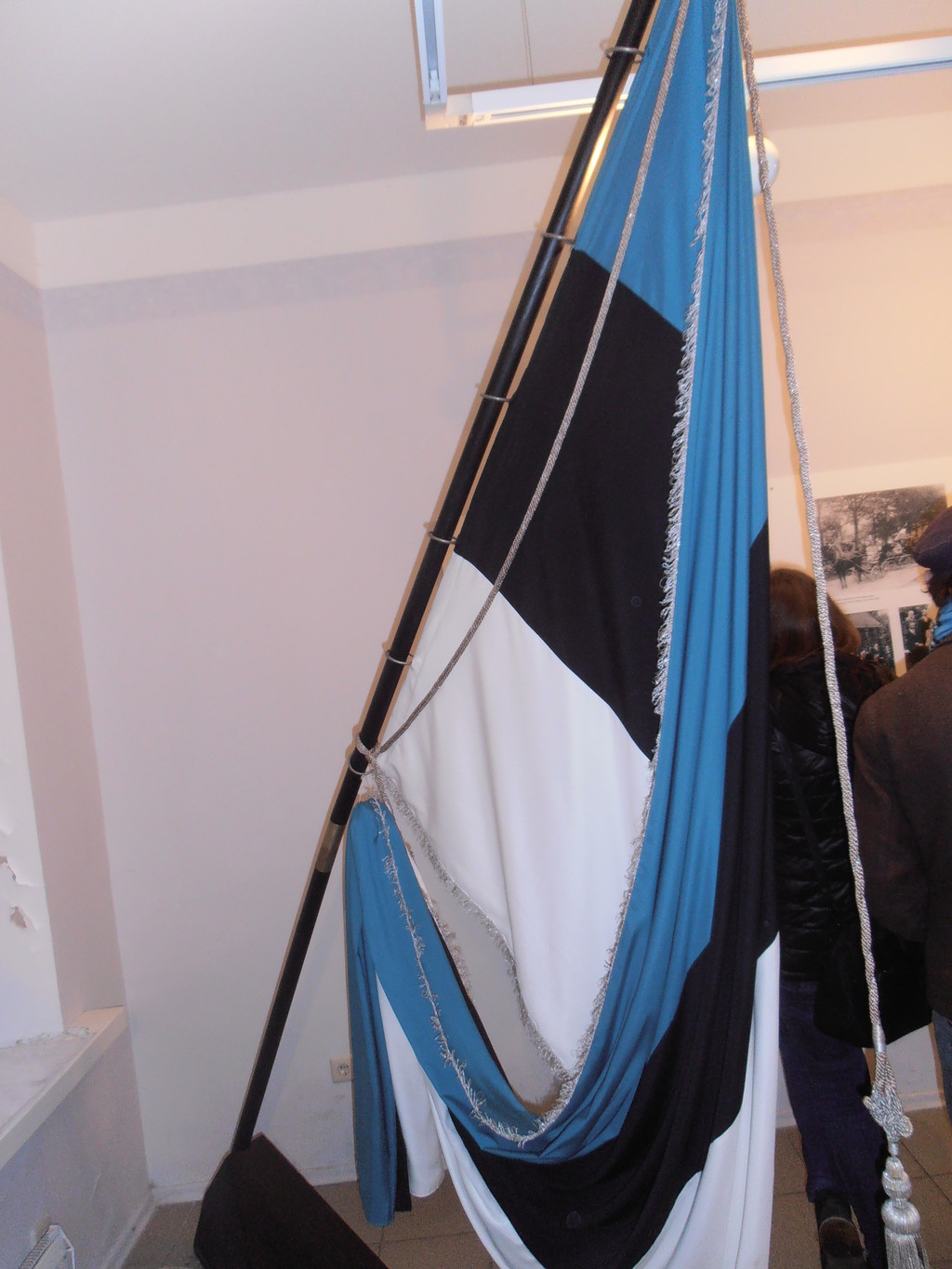
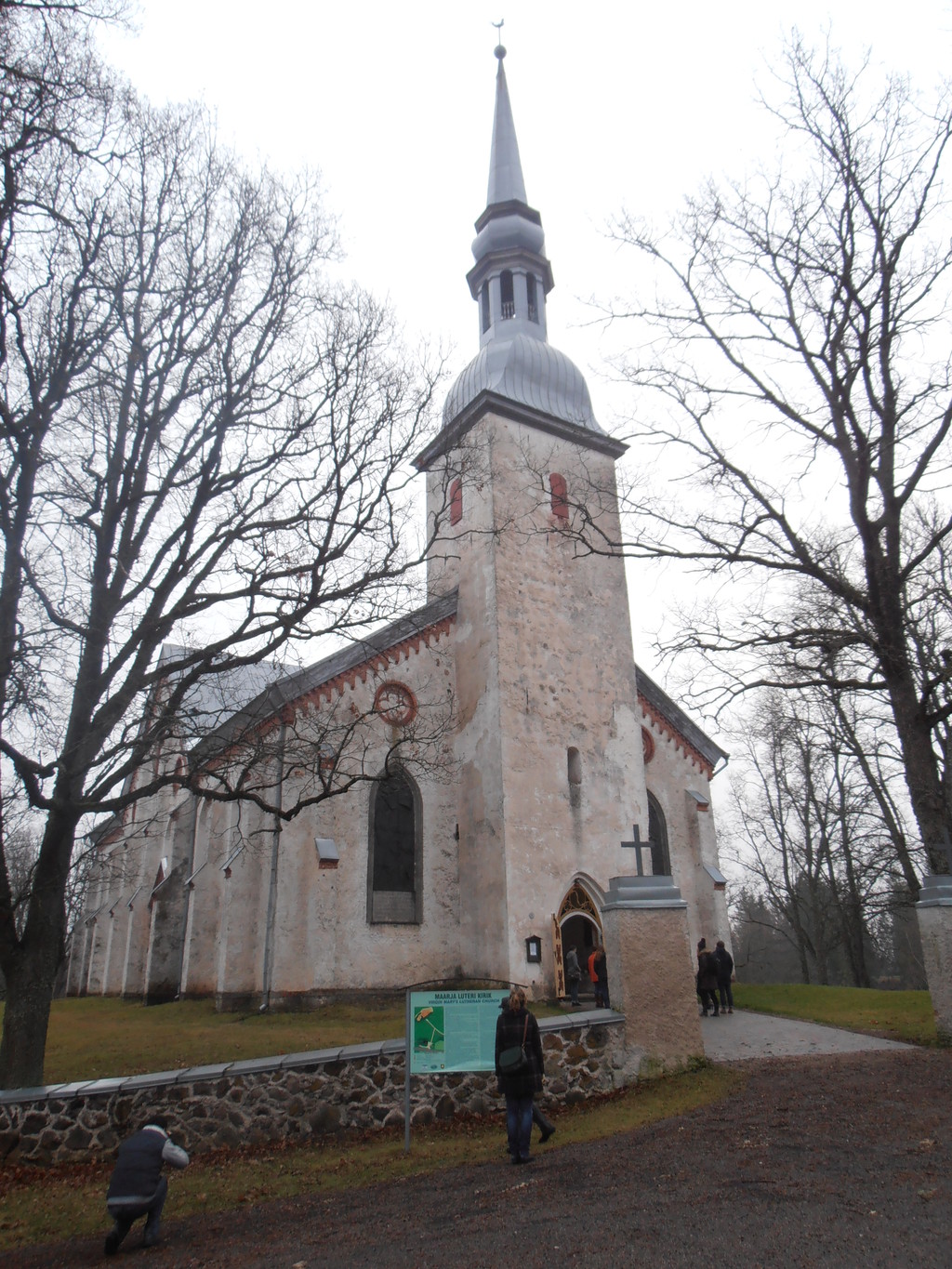
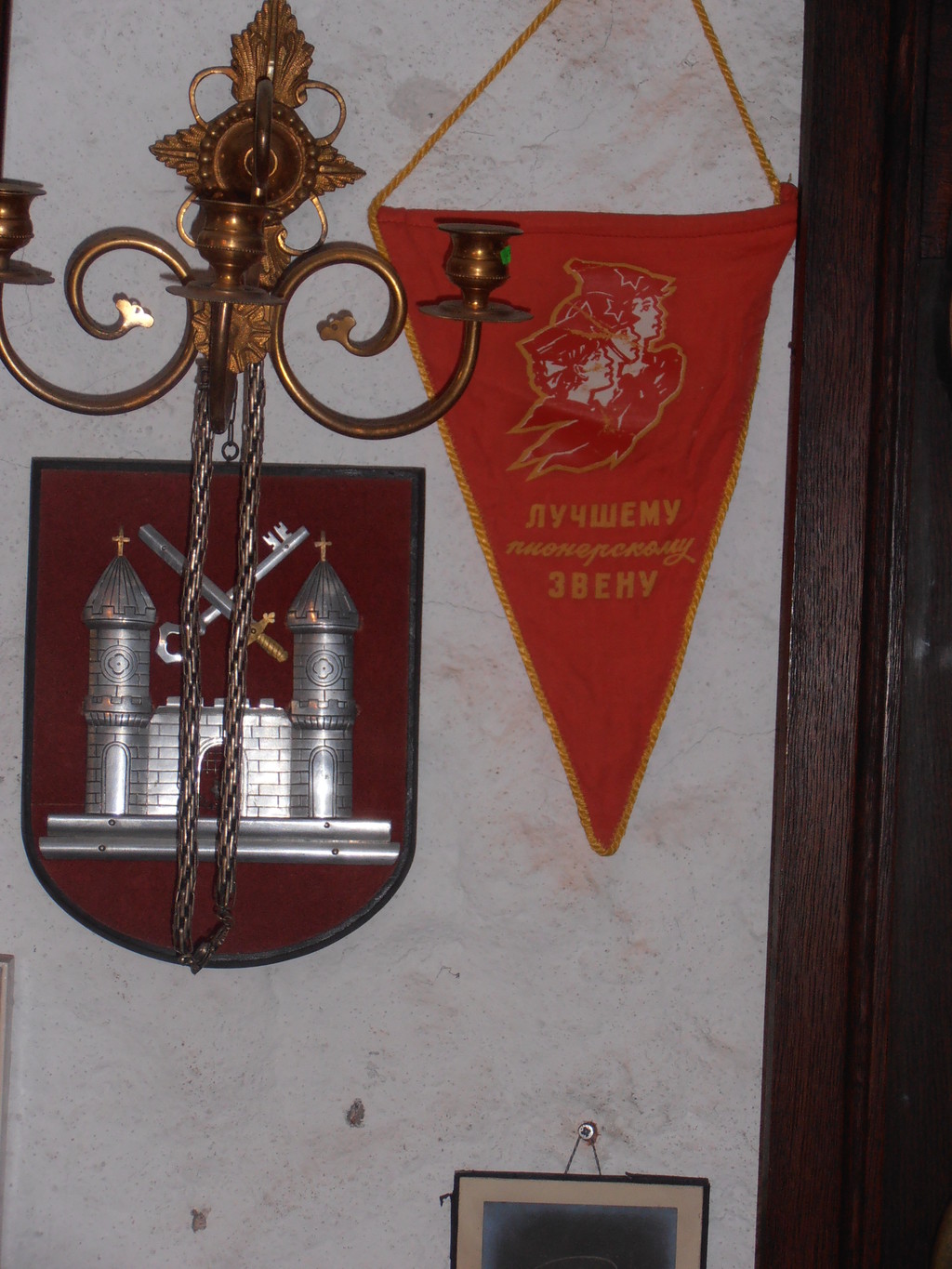

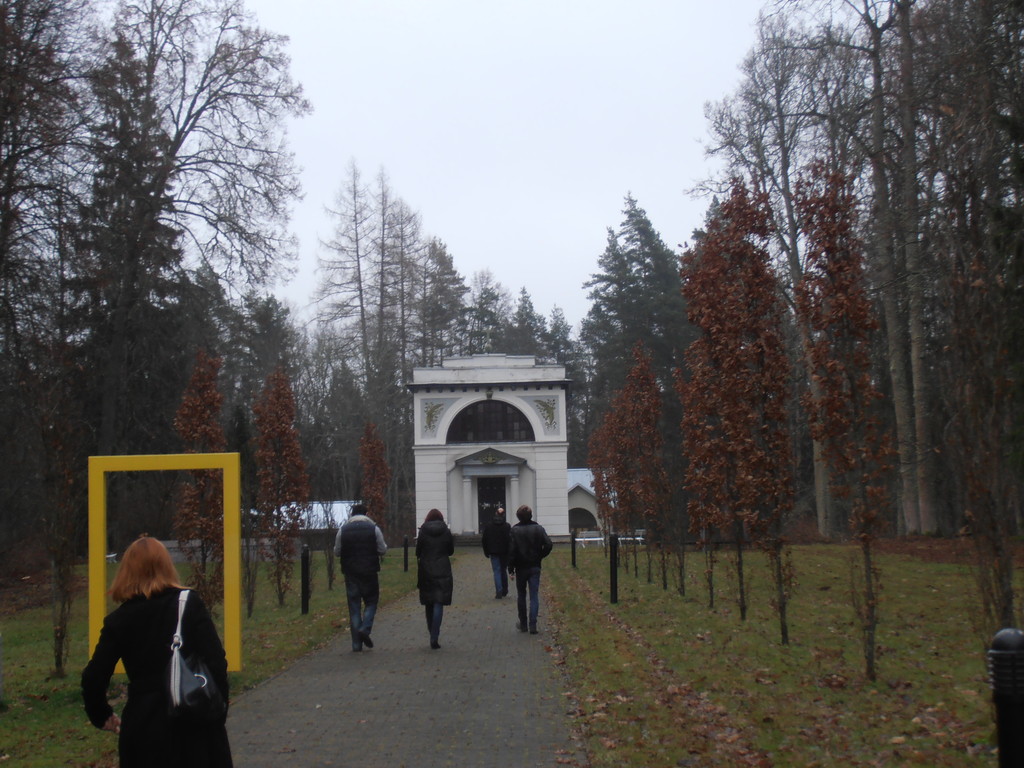
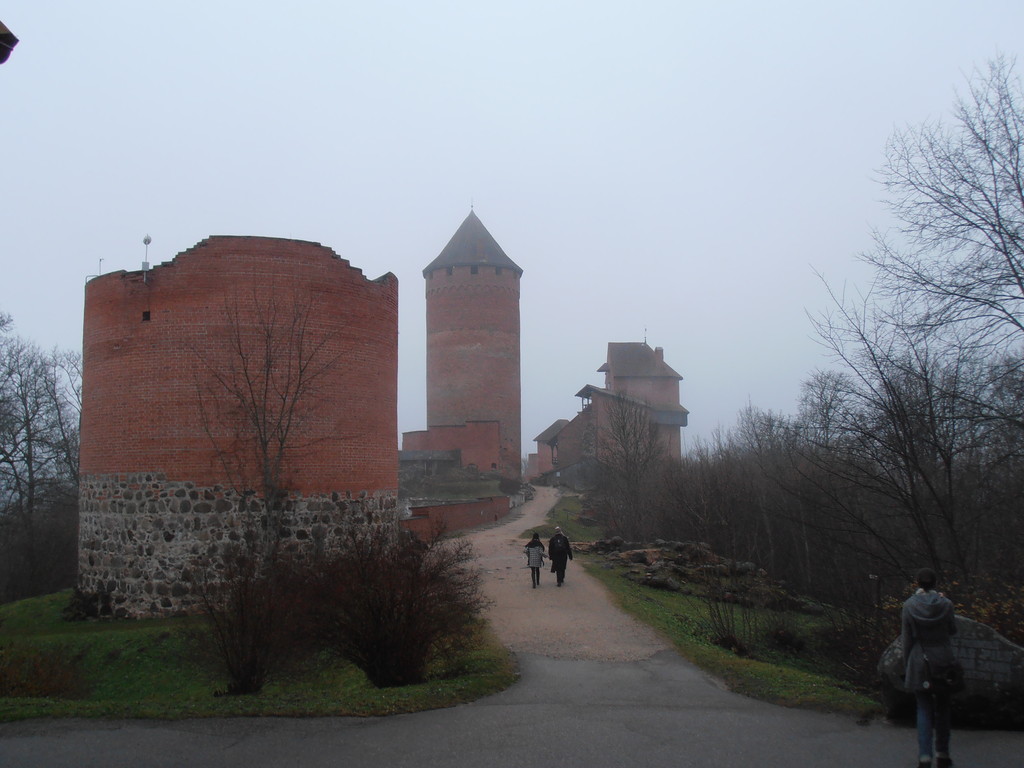
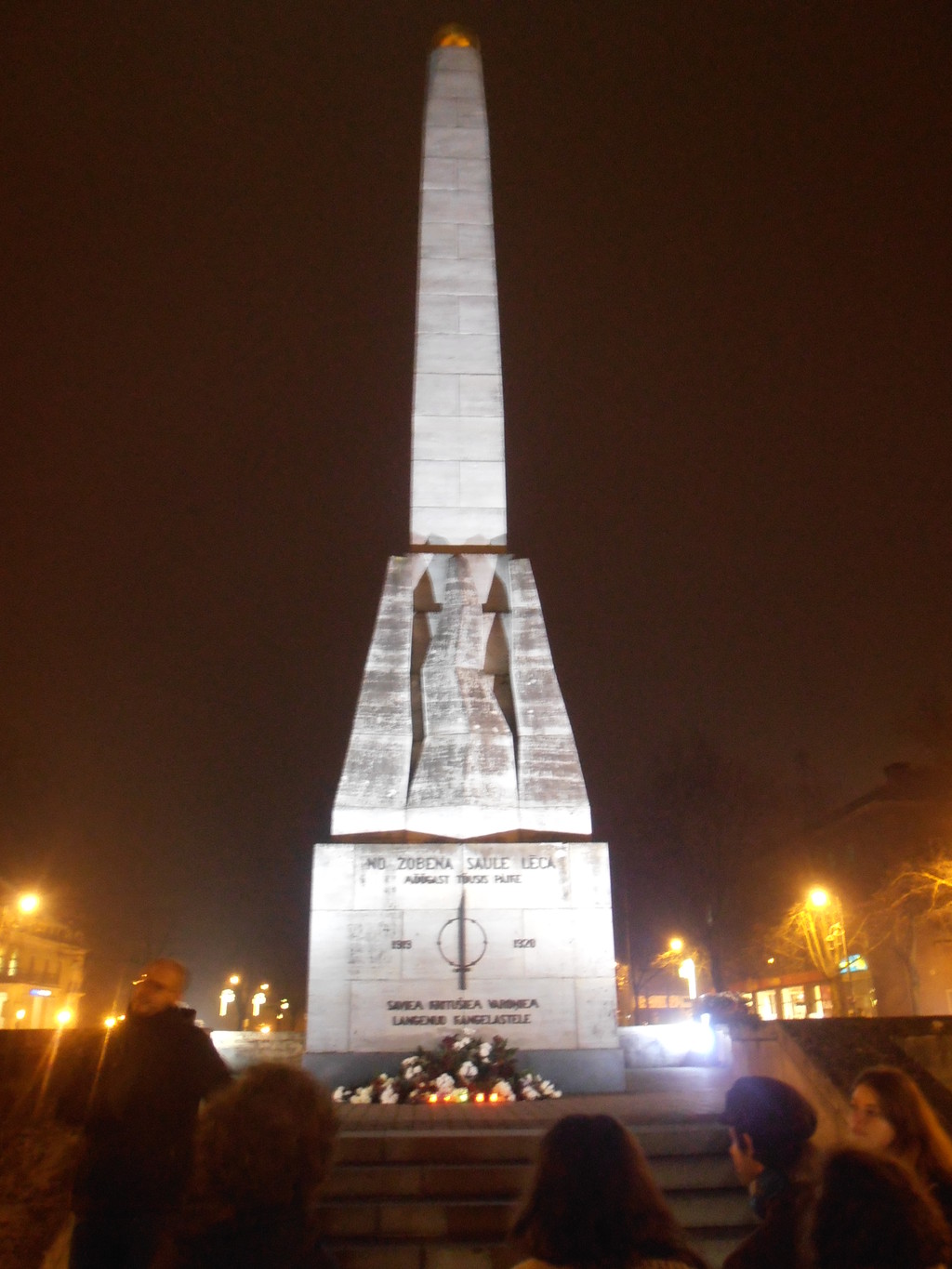
Any advice you would like to give to future students in Tartu?
Do not hesitate, just come! Any place to go on Erasmus is good but it is surprising in the case of Tartu. I never expected anything like it. It has definitely exceeded my expectations. I am delighted with the city, it is very comfortable, everything is easily located, there is a great atmosphere, and you will never lack plans or activities. Personally, the selection of Tartu has been one of the best choices I have made in my life and if you opt for the same thing, I am convinced that, as in my case, it will be the best thing you will ever do in your life.
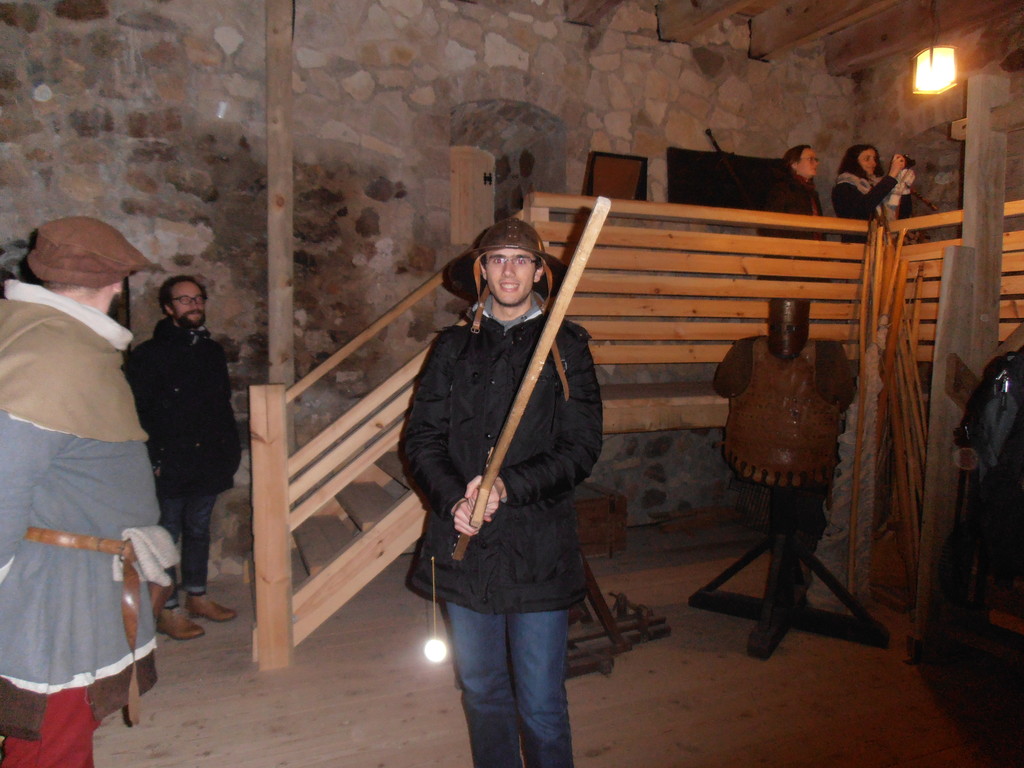
Photo gallery
Content available in other languages
Share your Erasmus Experience in Tartu!
If you know Tartu as native, traveler or as exchange student... share your opinion on Tartu! Rate different characteristics and share your experience.
Add experience →













































Comments (0 comments)